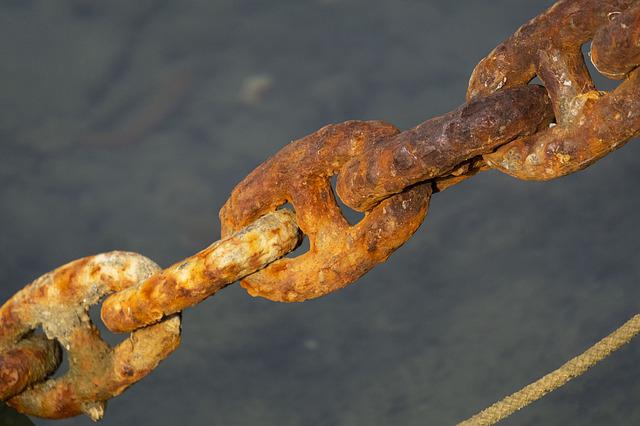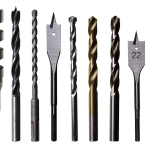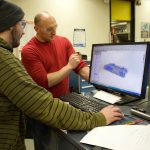Corrosion is the chemical reaction between a material and its environment that leads to the deterioration of the material. The most common form of corrosion is rust, which is the oxidation of iron. Other forms of corrosion include pitting, crevice corrosion, stress-corrosion cracking, and galvanic corrosion.
Corrosion can be caused by a variety of factors, including chemical reactions, electrochemical reactions, and environmental conditions. The most common cause of corrosion is the presence of oxygen in the environment. Oxygen reacts with metals to form oxides, which are then corroded by the water or air.
Corrosion can also be caused by other chemicals in the environment, such as acids, bases, and salts. These chemicals can react with the metal to form corrosive products that lead to deterioration. Additionally, some metals are more prone to corrosion than others. For example, iron is more susceptible to rusting than stainless steel.
Environmental conditions can also play a role in corrosion. For example, high humidity and temperature can accelerate corrosion rates. Similarly, exposure to salt water can cause corrosion in metals such as stainless steel and aluminum.
Fortunately, there are a number of methods that can be used to prevent or slow down corrosion. For example, you can use protective coatings to protect the metal surface from environmental conditions, or you can replace parts with materials that are less prone to corrosion.
Types of Corrosion:
There are many different types of corrosion, each with its own unique characteristics. Some of the most common types of corrosion are include:
- Crevice corrosion
- Stress corrosion cracking
- Intergranular corrosion
- Galvanic corrosion
- Pitting corrosion
- Erosion corrosion
- MIC (Microbiologically Induced Corrosion)
- Uniform corrosion
- Hydrogen Grooving corrosion
- Metal Dusting corrosion
- Selective leaching corrosion
- Fretting corrosion
- Filiform corrosion
- High-temperature Corrosion
There are many different types of corrosion, each with its own unique characteristics. Some of the most common types include:
Crevice Corrosion
Crevice corrosion occurs in areas where there is limited water flow, such as under rivets or in cracks. This type of corrosion can lead to pitting on the metal surface and eventual failure of the material.
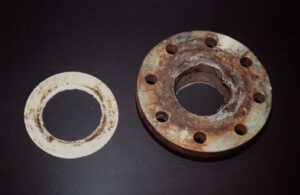
Stress Corrosion Cracking
Stress corrosion cracking (SCC) is a type of corrosion that occurs when metals are subject to both stress and corrosive conditions. This combination can cause the metal to crack and eventually fail. SCC is a particular concern in industries such as oil and gas, where pipelines are often exposed to both high stress and corrosive environments.

Intergranular Corrosion
Intergranular corrosion occurs when stainless steel is exposed to chlorine or acidic solutions. This type of corrosion is often the result of improper heat treatment, and it can lead to metal failure if not addressed in a timely manner.
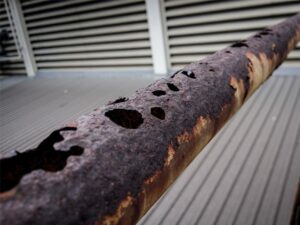
Galvanic Corrosion
Galvanic corrosion occurs when two different metals are in contact with each other, even if they’re not exposed to the environment. This type of corrosion is commonly seen between stainless steel and aluminum, where one metal acts as an anode and corrodes more quickly than the other.

Pitting Corrosion
Pitting corrosion is a type of localized corrosion that can lead to the formation of small holes, or pits, on the metal surface. This type of corrosion is often the result of exposure to chlorides, such as saltwater, and it can eventually cause metal failure if left unchecked.
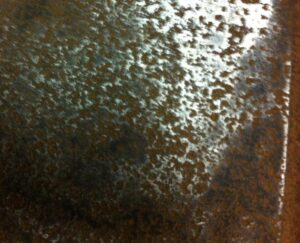
Erosion Corrosion
Erosion corrosion is a type of corrosion that occurs when moving fluids, such as water or air, abrasively wear away at the metal surface. This type of corrosion can be particularly damaging in high-velocity environments, such as in pipes carrying water or oil.
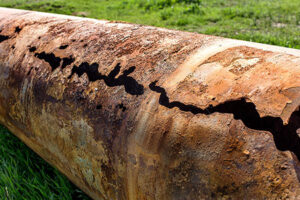
Microbiologically Induced Corrosion (MIC)
MIC is a type of corrosion that’s caused by bacteria or other microorganisms that interact with the metal surface. This type of corrosion is commonly seen in seawater and other marine environments, but it can also occur on land when water-containing bacteria come into contact with a metal surface.
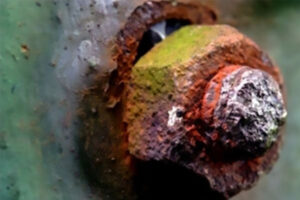
Uniform Corrosion
Uniform corrosion is the most common type of corrosion, and it refers to the general deterioration of a metal surface over time. This type of corrosion is often the result of long-term exposure to the environment, and it can lead to metal failure if not addressed in a timely manner.
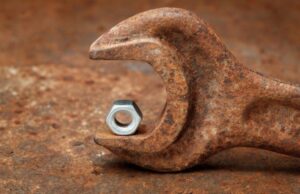
Hydrogen Grooving corrosion
Hydrogen grooving corrosion is a type of localized corrosion that can occur when metals are exposed to hydrogen. This type of corrosion can cause the metal to develop small grooves on its surface, which can eventually lead to metal failure.
Metal Dusting corrosion
Metal dusting corrosion is a type of localized corrosion that can occur when metals are exposed to high temperatures and carbon-containing environments. This type of corrosion can cause the metal to develop a powdery oxide coating on its surface, which can eventually lead to metal failure.
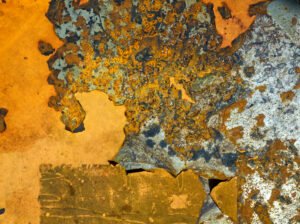
Selective leaching Corrosion
Selective leaching corrosion is a type of localized corrosion that can occur when metals are exposed to acidic or alkaline solutions. This type of corrosion can cause the metal to leach, or dissolve, in the solution, which can eventually lead to metal failure.

Fretting Corrosion
Fretting corrosion is a type of localized corrosion that can occur when two metals are in contact with each other and are subject to vibration or other movements. This type of corrosion can cause the metal to develop small pits on its surface, which can eventually lead to metal failure.
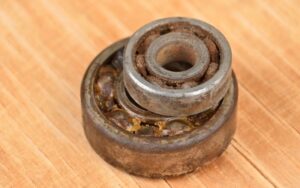
Filiform Corrosion
Filiform corrosion is a type of localized corrosion that can occur when metals are exposed to moist environments. This type of corrosion can lead to the formation of small filaments or threads on the metal surface, which can eventually cause metal failure.
High-temperature Corrosion
High-temperature corrosion is a type of corrosion that can occur when metals are exposed to high temperatures. This type of corrosion can cause the metal to lose its strength, which can eventually lead to metal failure.

How to prevent corrosion
There are several strategies that can be used to prevent corrosion in metals and other materials. These include coating the metal with protective layers, using sacrificial anodes to protect against localized corrosion, ensuring that components are properly sealed from environmental exposure, and using heat-resistant materials when necessary. Additionally, it is important to monitor metal surfaces for signs of corrosion and to address any issues in a timely manner to prevent further damage.
Some Of the Famous Methods to Prevent Metal from Corrosion;
Electroplating
Electroplating is a process in which metal surfaces are coated with a thin layer of another metal, typically through an electrolytic process. This method can help to prevent corrosion by creating an impenetrable barrier between the metal surface and environmental factors that could cause corrosion, such as seawater or other fluids.
Galvanization
Galvanization is a process in which metal surfaces are coated with zinc, typically through the use of an electrochemical process. This method can help to prevent corrosion by creating a barrier between the metal surface and environmental factors that could cause corrosion, such as seawater or other fluids.
Painting
Painting is a common method of protecting metal surfaces from corrosion. This method can help to prevent corrosion by creating a barrier between the metal surface and environmental factors that could cause corrosion, such as seawater or other fluids.
Passivation
Passivation is a process in which metal surfaces are exposed to an environment that will promote the formation of a thin oxide layer on the surface of the metal. This oxide layer can help to prevent corrosion by creating a barrier between the metal surface and environmental factors that could cause corrosion, such as seawater or other fluids.
Anodizing
Anodizing is a process in which metal surfaces are exposed to an environment that will promote the formation of a thin oxide layer on the metal and prevent corrosion.
There are many different factors that can contribute to corrosion. there are also a variety of methods for preventing or slowing its progress. By understanding the different types of corrosion and taking steps to prevent them, you can help protect your metal components from damage and ensure their long-term safety and reliability.


